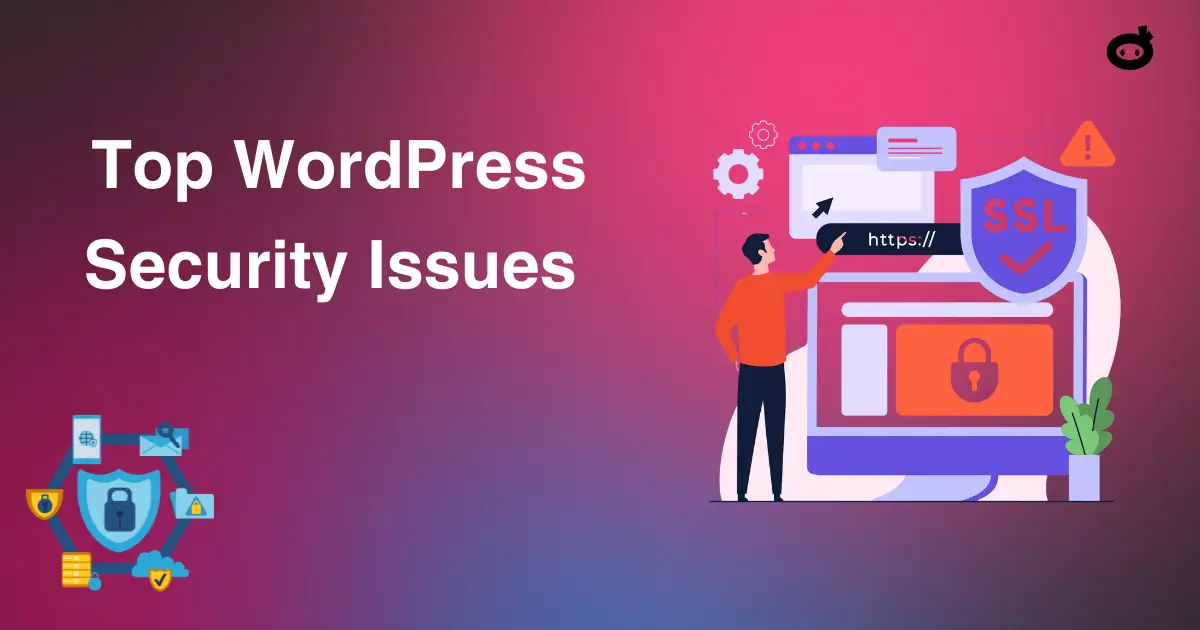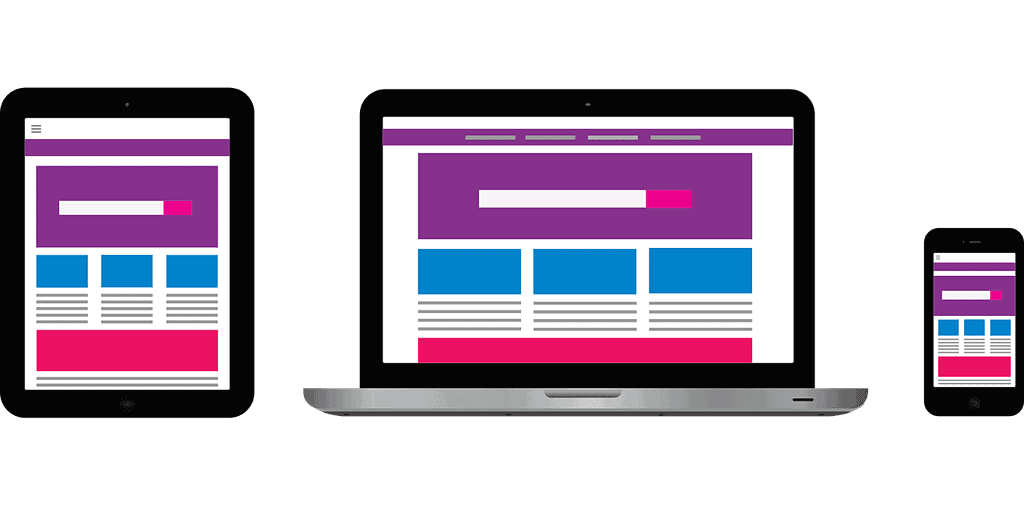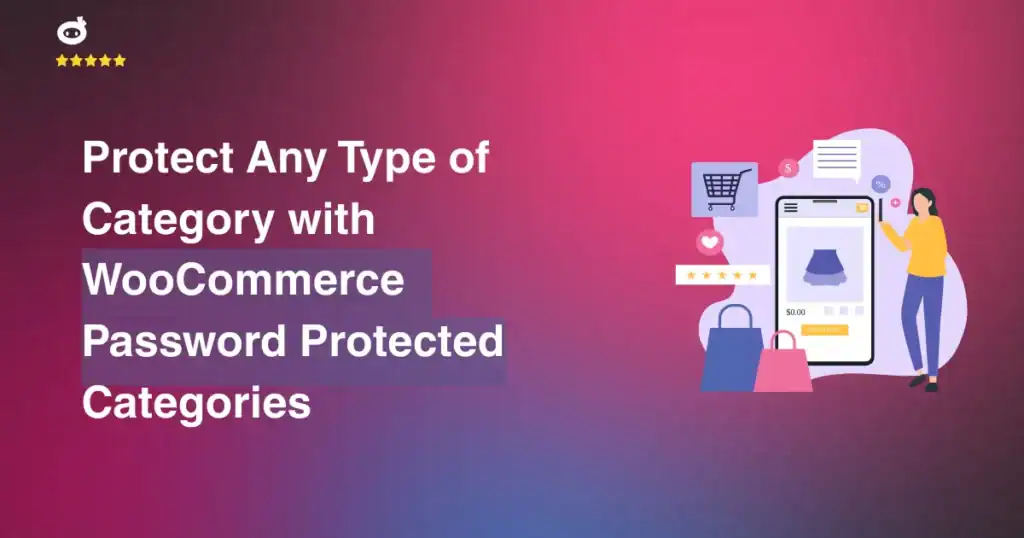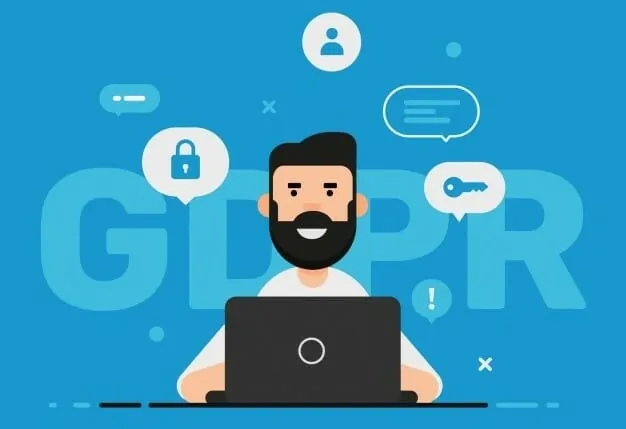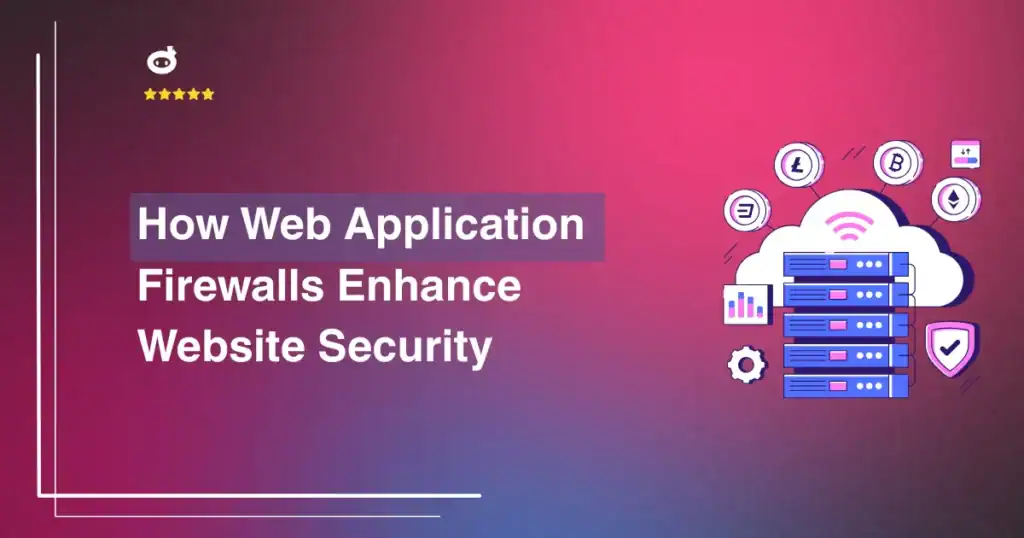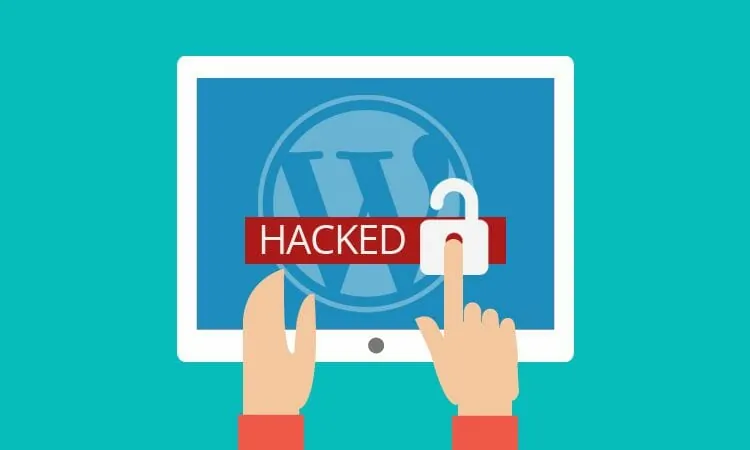Updated on
WordPress is the most popular content management system globally, as it powers more than 43% of all websites.
However, because WordPress is so popular, it has security holes that make it an attractive target for hackers to break into. Some of the common problems are outdated themes and plugins, weak passwords, and standard security holes in the WordPress Core. These weaknesses often cause data breaches, theft, and access by unauthorized people, thus making your WordPress site less secure.
You need to take several steps to ensure your WordPress site is safe. It means dealing with possible security threats and putting in place reasonable security steps. Keeping WordPress Core, WordPress plugins, and themes up to date with the latest security changes is essential. Tools like WP Security Ninja can help make your WordPress site safer and less vulnerable.
You need to implement two-factor authentication and safeguard login credentials to protect your WordPress admin panel. Regularly checking your site for possible security holes in WordPress themes and plugins is the best way to stay safe from dangers. Setting the general security of your website as a top priority can help protect its integrity from possible security threats and breaches.
This article aims to list the most common security problems WordPress users encounter and offer practical solutions to fix them.
Contents
- 1 Scope of WordPress Security Vulnerabilities
- 2 Top WordPress Security Issues
- 2.1 → Weak Passwords and Brute Force Attacks
- 2.2 → Outdated Core Files, Themes, and Plugins
- 2.3 → Insecure Hosting and Server Configuration
- 2.4 → Lack of Regular Backups
- 2.5 → Insufficient User Role Management
- 2.6 → Cross-site scripting (XSS) and SQL Injection Vulnerabilities
- 2.7 → Malware and Malicious Code Injections
- 2.8 → Unsecured WordPress Admin Area
- 3 How to Fix These WordPress Security Issues
- 3.1 → Fixing Weak Passwords and Brute Force Attacks
- 3.2 → Fixing Outdated Core Files, Themes, and Plugins
- 3.3 → Fixing Insecure Hosting and Server Configuration
- 3.4 → Fixing the Lack of Regular Backups
- 3.5 → Fixing Insufficient User Role Management
- 3.6 → Fixing Cross-Site Scripting (XSS) and SQL Injection Vulnerabilities
- 3.7 → Fixing Malware and Malicious Code Injections
- 3.8 → Fixing Unsecured WordPress Admin Area
- 4 Conclusion
Scope of WordPress Security Vulnerabilities
WordPress is the most famous content management system in the world, but it tends to have security problems as it is widely used and has multiple plugins and themes.
Reports say that WordPress causes 94% of CMS-based flaws. This shows that the platform has significant security problems.
Such vulnerabilities happen because of outdated plugins, sites that aren’t configured correctly, and website owners who implemented inadequate security measures.
→ Common WordPress Security Issues and Attack Types
WordPress vulnerabilities show up differently, leaving sites open to many security risks. Some common security problems with WordPress are:
- SQL Injection: Hackers get to private data without permission by taking advantage of flaws in database queries.
- Cross-Site Scripting (XSS): Bad scripts are put into WordPress themes, plugins, or forms to steal information from users who don’t know it.
- Malware infections: Hidden code is used to damage a website’s operation or start stealing data.
- Brute Force Attacks: Automated systems try to guess passwords, usually for the WordPress admin panel.
It is essential to keep the potential vulnerabilities in mind and use proactive measures to maintain the security of the WordPress website.
You can get an extra layer of protection using tools like WP Security Ninja and WordPress plugins such as Wordfence. Updating outdated plugins and themes, using WordPress repositories, and applying security patches are essential to safeguard your site.
Top WordPress Security Issues
Imagine getting into your WordPress site one morning to find that someone has changed your homepage, or even worse; this person has gained access to your user data. It’s not just a hypothetical situation; thousands of WordPress users face similar situations yearly.
It is essential to fix weaknesses like SQL injection, cross-site scripting (XSS), malware infections, brute force attacks, and outdated plugins because a recent study says that over 90,000 attacks happen on WordPress sites every minute.
Active steps and potent security plugins are essential to protect your website from these threats. Here, we’ll talk about the most common security risks and give you solutions you can use immediately.
→ Weak Passwords and Brute Force Attacks
The most critical vulnerability on a WordPress site incorporates weak passwords, as they are an entryway to brute-force attacks.
In these attacks, automated scripts determine the login credentials until the entrance is allowed.
Securing login credentials is essential, as frail or stolen passwords lead to about 80% of site breaches. One can reinforce the security of the WordPress site by utilizing unique and strong passwords. Using the plugins like two-factor authentication (2FA) is essential to safeguarding the site.
Themes and plugins like WP Security Ninja add a layer of safety by obstructing unauthorized login attempts, ensuring the general security of your WordPress.
→ Outdated Core Files, Themes, and Plugins
Studies indicate that old themes and plugins bring about 52% of WordPress security holes. This is a major issue for security.
If you don’t update the WordPress core, plugins, or themes, known security threats will remain unfixed, making the attacks almost unavoidable. Timely updates ensure that your site continuously has the latest security patches.
Tools like WP Security Ninja can assist you with finding obsolete plugins or themes. This lets you fix the problems and protect your WordPress site from these common security issues.
→ Insecure Hosting and Server Configuration
Choosing a safe hosting service is vital to keep your WordPress site secure.
40% of WordPress site breaches happen because of bad hosting settings and server configurations, like the case where files aren’t protected or firewalls aren’t working. These statistics underscore the possible security risks of not having enough server-level defenses.
To protect yourself from these threats, choose a WordPress hosting service with a good reputation that puts computer security first.
Use tools like WP Security Ninja to add an extra layer of protection to your WordPress site. These tools check the server level to find and fix flaws.
→ Lack of Regular Backups
Without solid backups, getting back to normal after a WordPress security problem is tough.
50% of website owners don’t back up their WordPress sites regularly, which can be scary because it means they could lose data forever in case of a security breach or technical mishap.
Enabling automatic backups is an essential part of keeping your website safe. To create backups and put them somewhere else, use trusted plugins like UpdraftPlus or BackupBuddy.
By testing these backups regularly, you can be even more sure that your WordPress site can be restored correctly in the event of a security breach. This will protect any private data and keep your WordPress site safe.
→ Insufficient User Role Management
Improperly assigned user roles pose a critical security issue for WordPress sites.
About 20% of the WordPress vulnerabilities result from users having excessive permissions, which the attackers can easily exploit. Roles must be assigned judiciously, and access must be limited to secure your WordPress site.
Regular updates and reviews of user permissions with plugins like User Role Editor can help prevent unauthorized access.
Managing user roles effectively helps mitigate potential security breaches and maintain the overall security of the WordPress website.
→ Cross-site scripting (XSS) and SQL Injection Vulnerabilities
Common WordPress security problems include cross-site scripting (XSS) and SQL injection, which comprise 40% of all web application vulnerabilities. Attackers can add harmful scripts to your WordPress site using XSS, and SQL injection takes advantage of flaws in database searches.
These hacks risk putting your WordPress site’s security at risk and exposing private information.
Safeguard your website by checking entries for errors, using prepared SQL statements, and turning on Content Security Policy (CSP) headers. They help protect your WordPress site from standard security holes.
→ Malware and Malicious Code Injections
About one in ten WordPress sites are infected with malware, making the platform vulnerable to attacks. Malware remains hidden, which can slow down your computer and steal or lose your info. Quickly finding and eliminating these threats is essential for keeping your WordPress site safe.
Look for malware on your WordPress site with plugins like Wordfence or WP Security Ninja. Aside from protecting your WordPress site from possible security problems, these tools add an extra layer to the security of your WordPress website.
→ Unsecured WordPress Admin Area
As mentioned, some of the most common security risks are brute force attacks, cross-site scripting (XSS), and privilege escalations. The WordPress admin area is often the target of these attacks.
Therefore, inadequately protecting the WordPress admin area can result in a complete security breach, letting people get into your WordPress site without permission. Keep this area safe by using a unique login URL, allowing access only from approved IP addresses, and requiring admins to use two-factor authentication (2FA).
These steps substantially improve the safety of your WordPress site, adding an extra layer of protection and shielding it from possible weaknesses.
How to Fix These WordPress Security Issues
Keeping the WordPress core, plugins, and themes up to date, using reliable hosting, managing user roles carefully, adding security plugins, and regularly backing up your WordPress site’s data are all things you can do to keep it safe. In the next part, we will look into specific security practices and tools that can be implemented to fortify your WordPress security.
→ Fixing Weak Passwords and Brute Force Attacks
To protect your WordPress site, you must have strong passwords. Weak passwords are one of the most significant security holes since they make login information simple to guess. WordPress clients should blend capitalized and lowercase letters, numbers, and images to create strong passwords.
Let’s take a look at some of the examples of weak and strong passwords:
Weak Passwords
- Password123
- Admin
- 12345678
- Qwerty
- abc123
Strong Passwords
- Jd7!fG2#4zXq@M9
- 3$TgFz@kL8pWqR2
- &X4mN!oJ#1@9zQ7
- Lk9#3$FpW@7qMx!G
- Tq9#Jk2&XoM$7G4z
Two-factor authentication (2FA) makes your account more secure by adding a subsequent verification step, similar to a code sent to your phone through an application or SMS. For WordPress sites, plugins like Google Authenticator make this process more straightforward. Restricting when somebody can sign in is an effective method for safeguarding your site.
Security tools like WP Limit Login Attempts curtail the number of times somebody can attempt to sign in, at least a few times. Changing the standard WordPress login URL with plugins like WPS Hide Login additionally makes your site vulnerable to automated attacks, which makes it significantly more secure overall.
→ Fixing Outdated Core Files, Themes, and Plugins
Updating WordPress is essential for fixing security problems and risks that can be found in outdated versions. In order to stay safe, make sure that your WordPress core, themes, and plugins are all updated automatically through the settings menu on your homepage.
Review and update all of your installed plugins on a regular basis, especially from the official WordPress repository or trusted developers you know. Making sure changes work with your WordPress site is easier if you test them on a staging site first.
Getting rid of plugins and themes that aren’t being used also lowers the risk of security problems by getting rid of code that isn’t being used and could contain known flaws.
This method keeps your WordPress site safe while improving performance and keeping private data safe from possible threats.
→ Fixing Insecure Hosting and Server Configuration
WordPress vulnerabilities are often caused by hosting environments that aren’t safe. Your WordPress site will be safe if you choose a hosting company that has strong security features like DDoS protection, SSL encryption, and firewall integration.
It’s also important to harden server configurations. To deal with possible problems, you should disable XML-RPC, set safe file permissions, and enforce SSL/TLS encryption. Server-level firewalls protect your WordPress ecosystem even more by watching data and stopping people who aren’t supposed to be there from getting in.
These steps protect private information and make WordPress hosting settings less vulnerable. This makes your website safer overall and more resistant to new threats and vulnerabilities.
→ Fixing the Lack of Regular Backups
Making regular backups is important to avoid problems that could arise from losing data or having your security broken. This is an important security step that many users of WordPress forget to do, leaving their sites open to attack.
Use reliable backup tools for WordPress sites, like UpdraftPlus or BackupBuddy, to make backups automatically and store them in a safe place like Google Drive or Amazon S3. Test your backup restore process often to make sure that files can be easily restored in case of an emergency.
Your WordPress site’s security remains protected by regular backups that are kept up to date. These backups provide a reliable safety net against common vulnerabilities like hacking or accidental data loss, protecting your website’s general security and business continuity.
→ Fixing Insufficient User Role Management
Poorly managing user roles in WordPress leaves loopholes that let people who aren’t supposed to be there into your WordPress admin. Carefully assign jobs while following the principle of least privilege, which says that permissions should only be given based on necessity.
You can easily change and handle user access by using role management plugins like User Role Editor. User permissions should be checked and updated on a regular basis to make sure that old roles don’t cause security risks.
Using tools like WP Activity Log to log user activity also lets you see what people are doing on your WordPress site, which can help you find security vulnerabilities quickly.
These methods will protect your WordPress site by blocking unauthorized individuals and maintaining the security of critical data.
→ Fixing Cross-Site Scripting (XSS) and SQL Injection Vulnerabilities
Cross-site scripting (XSS) and SQL attacks are two security problems that WordPress sites often have.
Using methods like sanitize_text_field() or esc_html() to clean up user input stops malicious code from taking advantage of these holes. By limiting SQL injection tries, using prepared SQL statements for database queries helps keep people from getting in without permission. You can also list approved content sources so that Content Protection Policy (CSP) headers add an extra layer of protection and make XSS attacks less likely.
Taking care of these common security holes will make your WordPress site safer generally, keeping sensitive data safe and keeping WordPress users’ trust.
→ Fixing Malware and Malicious Code Injections
Malware remains a critical security issue affecting thousands of WordPress sites, contributing to various vulnerabilities. Regularly scanning your WordPress website using security plugins like Wordfence or WP Security Ninja is essential for detecting malicious code and addressing common WordPress security issues.
Securing the wp-content/uploads folder with .htaccess rules effectively prevents unauthorized uploads, safeguarding against vulnerabilities on your WordPress site. Cleaning infected files manually or with automated tools ensures that known vulnerabilities are promptly resolved.
With these security practices in place, your website becomes much safer, as they help reduce vulnerabilities and minimize potential threats. By addressing common WordPress security issues, you ensure your site stays protected from malicious activity.
→ Fixing Unsecured WordPress Admin Area
The WordPress admin area is a key target for attackers looking to exploit vulnerabilities in WordPress sites.
- Changing the default login URL using WordPress plugins like WPS Hide Login reduces exposure to automated attacks, addressing common WordPress security issues.
-
Restricting access to your WordPress admin area using IP whitelisting allows only approved users to make important changes. This helps protect your site from security threats.
- SSL/TLS encryption protects sensitive data by securing communication with the admin panel, helping prevent potential issues like data interception.
- Adding a layer of security by requiring two-factor authentication (2FA) strengthens protection against unauthorized access to your WordPress admin.
These proactive measures improve the overall security of your WordPress site, addressing security threats and vulnerabilities effectively.
Conclusion
Several common security issues result from vulnerabilities like outdated plugins, weak login credentials, and exploitable configurations to which WordPress websites are prone. These vulnerabilities in the WordPress security threat could result in data breaches, unauthorized access, and, in some cases, complete site takeover.
However, some control measures can be taken to minimize the risks. The fixes include upgrading your WordPress version, installing a strong security plugin like WP Security Ninja, and putting security measures like 2FA to work for your WordPress site. It is crucial to protect the WordPress core, restrict admin access, and make regular threat scans to ensure the security of your website.
WP Security Ninja is a WordPress tool designed with specific features that enhance the security of WordPress sites, such as malware scanning, login security, and vulnerability scanning.
Don’t wait, take control of your website’s security using WP Security Ninja and eliminate all future threats once and for all.
Written by Lars Koudal


